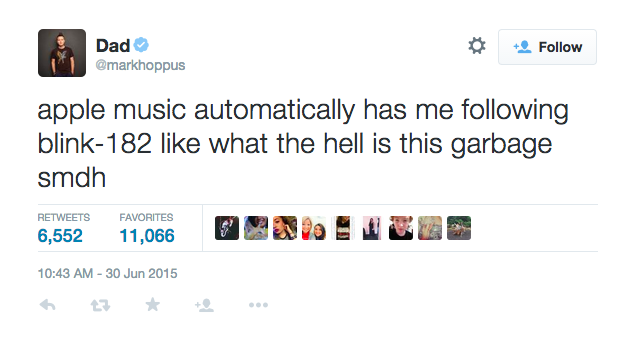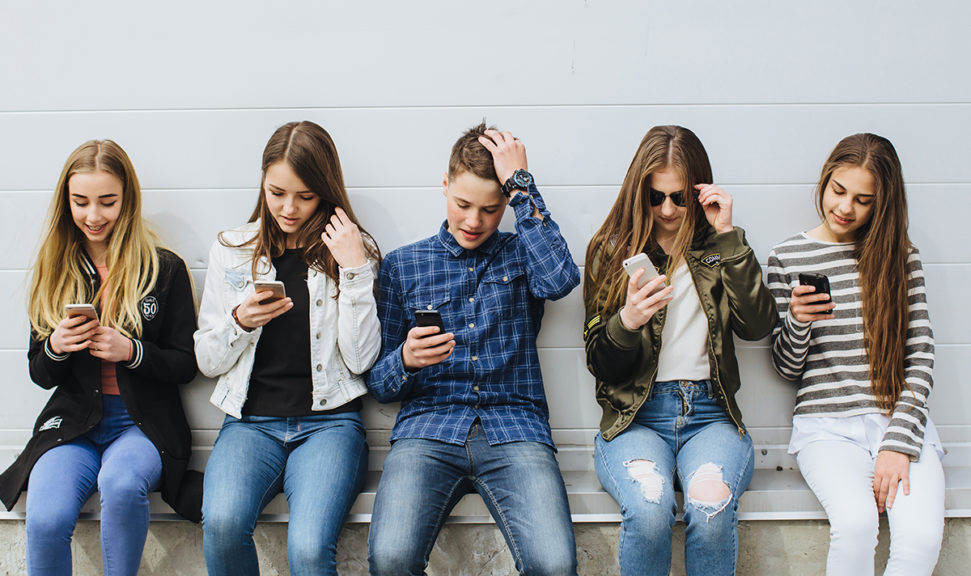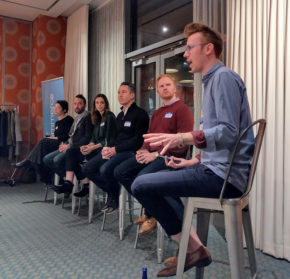We all want something to believe in, a secure standard to set our coordinates by in this ocean of digital chaos. Tech ultragiant Apple has served as a pillar of such standard and security for many years, building a $700 billion empire and a new age of digital culture through an ever-widening spectrum of devices, and an intuitive constellation of accessibility & usability. But now, with the breathlessly-hyped but deeply flawed launch of Apple Music as part of iOS 8.4 and iTunes 12.2, the hypercritical attention to user experience is lacking badly – and we’re reminded of the shifting sands of seamless brand domination in today’s marketplace, even for the largest company the United States has ever seen.
Steve Jobs made an enemy of confusion. His relentless quest to create the perfect user experience was legendary, and resulted in a new generation of devices and a tandem culture of tech obsession laced with an air of cosmopolitan, lightly-hedonistic elitism. So it is with great surprise and times-they-are-a-changin’ dismay that we navigate the labyrinthian wonder that is Apple Music after its kickoff this week, equally frustrated with its lack of intuitive functionality and clear rationale as we are dazzled by its promising features.
Jobs’ meticulous impact on every one of our lives shines clearly in the legacy he leaves behind, whether it be the larger consumer philosophy or the devices in our hands. But Apple’s slipping grace in his wake that speaks with no less color.
Whether they’re on team Mac or PC doesn’t matter – the connected world is universally fascinated by Apple’s new offering. Where Apple is failing isn’t in the rough edges in the early days of the Music service – it’s failing its own brand in ruining an unparalleled momentum of image in simplicity, efficiency and industry leadership.
Apple’s influence on the economy and culture around the world rivals some of the most powerful in all of human history – they will undoubtedly do just fine, whether Apple Music is an abject failure or not (it won’t be). But from a branding perspective, as well as that of a backlash impact, Apple Music serves an important lesson in consistency of Brand quality and user experience.
What’s going on here?
While I explored Apple Music’s offerings and established a functional interaction with it, the same thought kept creeping up: “Why do I need this? I’m happy with Spotify.” Apple Music has around 30 million songs, just as Spotify, Tidal and Google Play do.
A quick rundown of the mess: Apple Music isn’t a quick-access service. It comes as part of iOS 8.4 and iTunes 12.2, requiring a full update and many pages of new user agreements. Once you’re in, Apple Music plays your music, except you don’t own that music, and the options provided are a collaboration between your input and their guesstimation. Apple Radio plays songs they’ve chosen for you, like the radio does. Random buttons like heart icons and plus signs don’t have any prominently defined meaning, and once you’ve clicked them you can’t undo the selections. Home sharing has been removed, at least for the time being.
Apple built its reputation on the seamless user experience. But confusion abounds, and there are no guidepoints to help us along. Apple seems confused on how it categorizes its features, and its taste algorithms are quite strange. Two songs into a radio station tailored just for me and I’m fumbling frantically around for the mute button.
There’s a disconnect here.
Where’s the walkthrough?
Why do I have to figure this thing out for myself? Where is the online tutorial, the clean interface to navigate with a constellatory guide? This is where the cracks in Apple’s veneer begin to truly show, and where the whispers of Steve return. Jobs would never have allowed a confusing creation of such magnitude; he understood the critical value of an inviting framework.
Beats 1: Incredible Concept, Floundering
The excited conversation taking place is almost entirely about Beats 1, not the on-demand streaming service. Though we’re excited for shows hosted by the likes of Queens Of The Stone Age nucleus Josh Homme, Pharrell Williams, Drake, Dr. Dre, Elton John and more… will a new broadcast curation be that big a player? It’s highly unlikely we’ll go back to the radio days – the wacky morning-zoo DJs have exterminated the public’s trust in drive-time radio.
Podcasts, however, are an incredible force (President Obama recently visited comedian Marc Maron’s WTF podcast for an impressively candid chat), and the vast majority are free. And if you missed a radio show by your favorite talent, you’re out of luck on a desktop. That is, unless you can find a way to tap on the Beats 1 Radio banner (NOT the “Listen Now” button prominently displayed), scroll down past Upcoming Shows to Featured shows, find the show you’d like to hear from the entire list, then go to the show’s playlist page as a part of Connect.
Get all that? Sure, it’s a lot simpler on a mobile, but this needs to be universal. If you can get it to work at all on mobile, that is. Radio futurologist James Cridland reviewed Beats 1, and the industry expert is not impressed:
Apple have launched a live, linear radio station – something you’ll see in this presentation just doesn’t work on mobile phones. They’ve done the bare minimum in terms of integration. The radio producers have been lazy with their production. Tuning in is unintuitive on iOS, and was impossible on OSX at launch. The launch was botched, confused, lazy, uninspiring and most of all, deeply ignorant.
No Promo Blitz
Why isn’t U2 dancing around in a commercial? Ok, maybe U2 and Apple should take a break. But Josh Homme and Dr. Dre could serve as the new faces of Apple Music through an upper-echelon talent edge, leading us into culturally rich new waters as they welcome us in with their Beats 1 radio shows and a few informational suggestions. There is no promotional throwdown, however.
It’s a flash fad.
Fads die. Apple Music needs to establish a pioneering value, and fast. This has happened before, and very recently. Tidal is in a branding and staffing nosedive, after being breathlessly heralded by icons and idols as the greatest alternative to the current streaming market. Packed with superstars, Jay Z is sinking that ship on the wrong message and no value beyond the illusion of exclusives in an all-access world.
Apple Doesn’t Decide. The People Do.
We’ll see at the end of Q3 where Apple Music stands, as the majority who’ve opted for the three-month trial will then decide whether or not to subscribe.
Spotify remains, however. And while we struggle with DRM hysteria, Apple Match issues, downloading massive system updates and more, that ugly green logo is waiting, still allowing you to import your iTunes library upon launch. You can’t import Spotify playlists into Apple Music, by the way.
Seems like a hostile way for a brand to create a universal experience.


